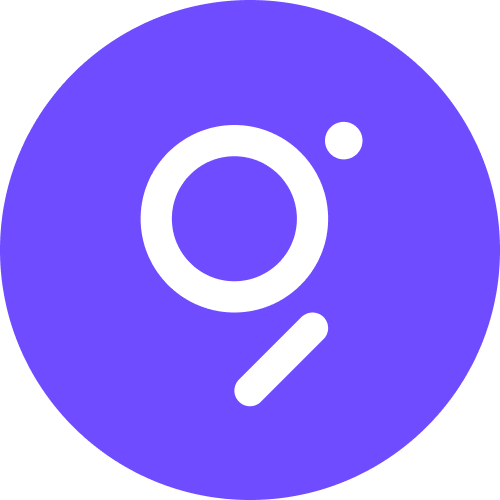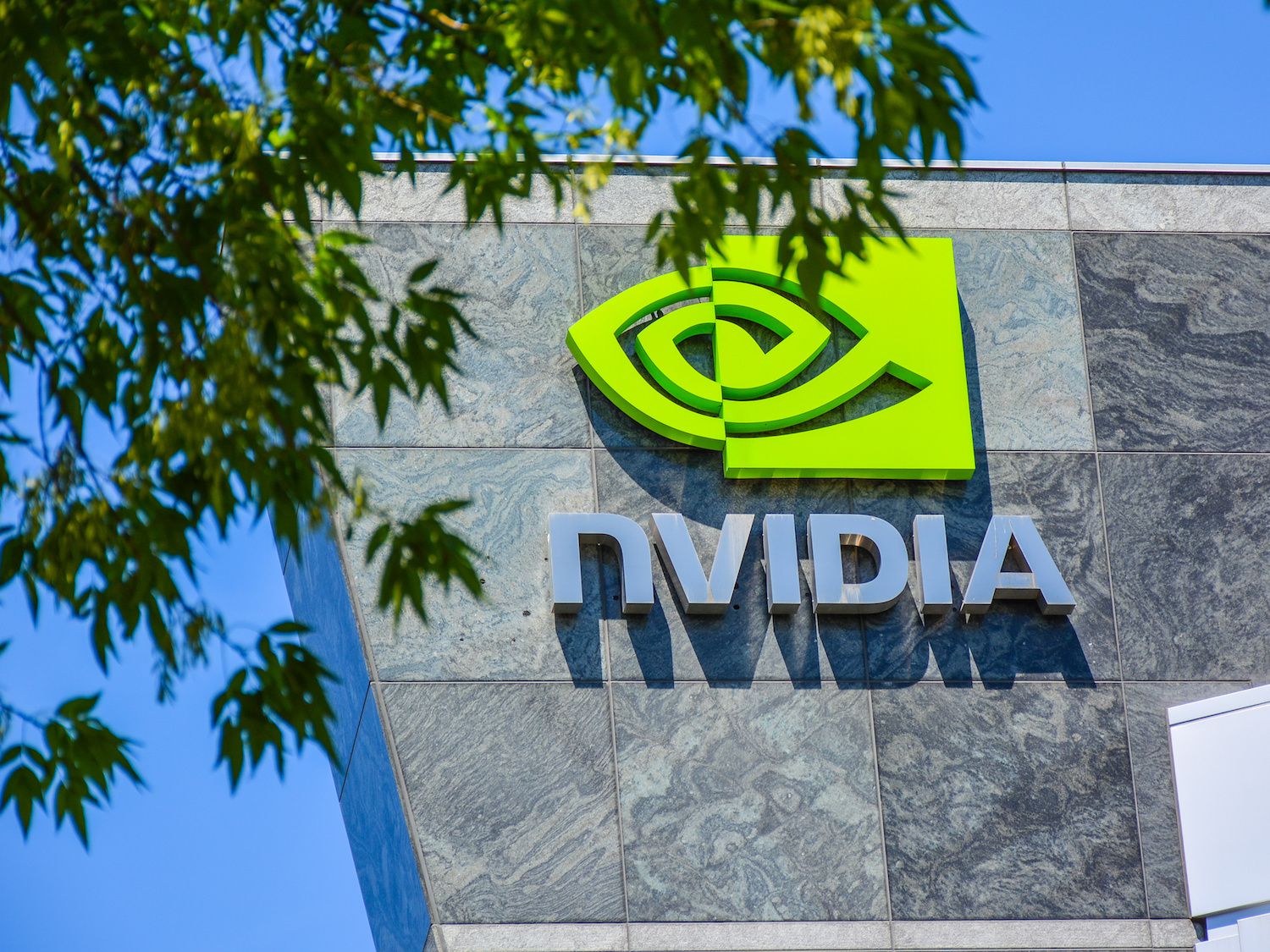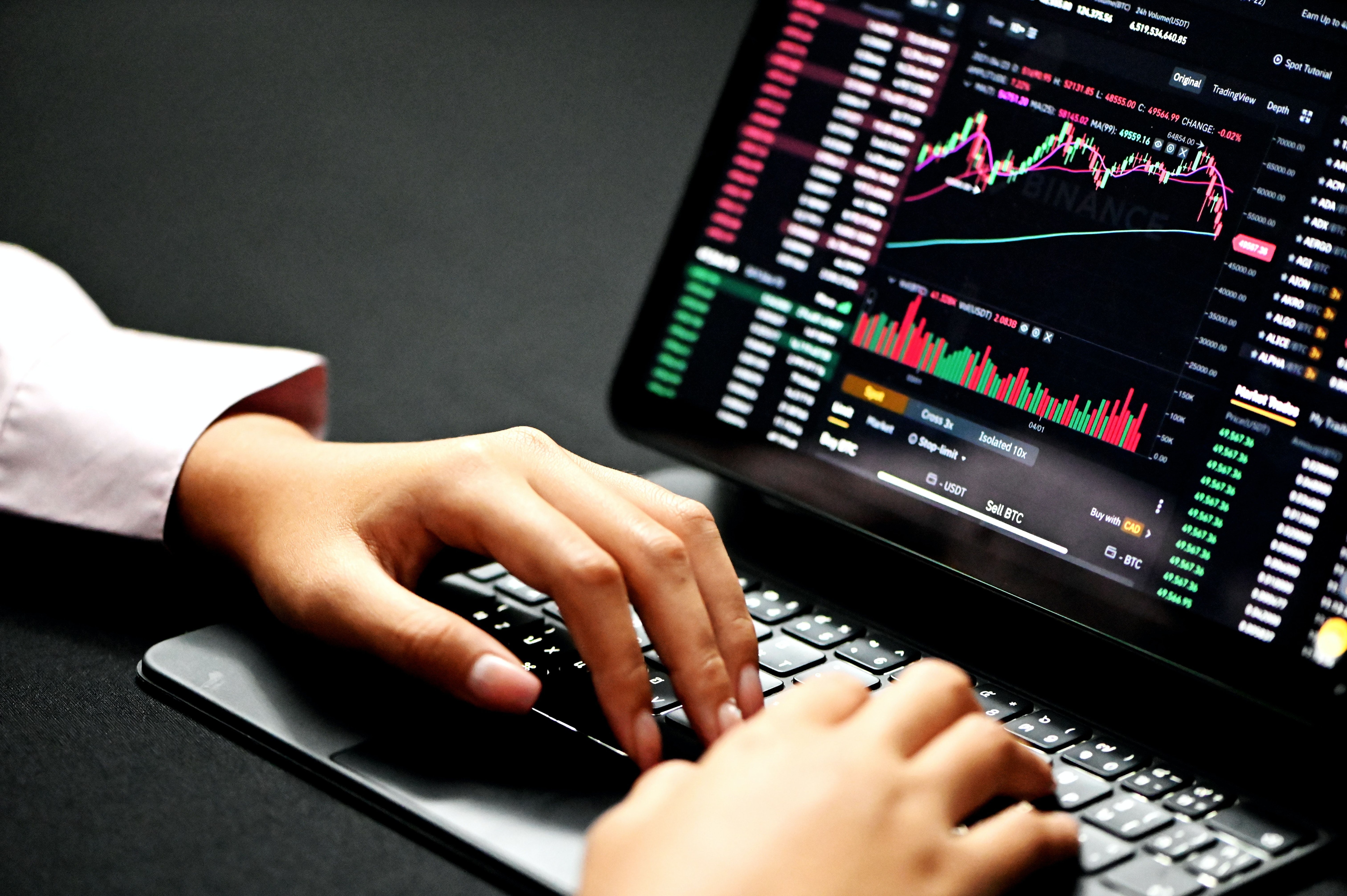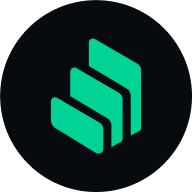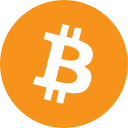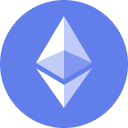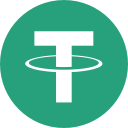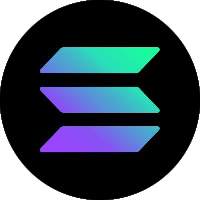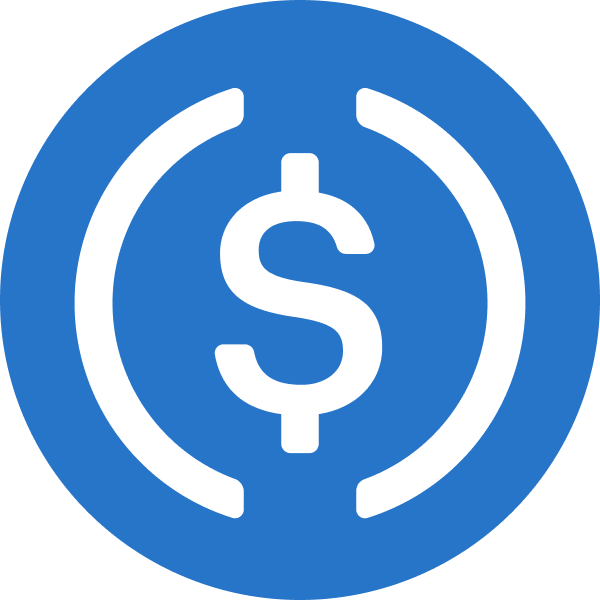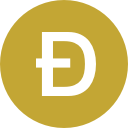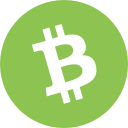What is the current price of The Graph?
We update our The Graph to USD currency in real-time. Get the live price of The Graph on Coinbase.
What is the market cap of The Graph?
The current market cap of The Graph is $2.43B. A high market cap implies that the asset is highly valued by the market.
What is the all time high of The Graph?
The all-time high of The Graph is $2.90. This all-time high is highest price paid for The Graph since it was launched.
What is the 24 hour trading volume of The Graph?
Over the last 24 hours, the trading volume of The Graph is $95.87M.
What other assets are similar to The Graph?
Assets that have a similar market cap to The Graph include First Digital USD, Arbitrum, Mantle, and many others. To see a full list, see our comparable market cap assets.
How many The Graph are there?
The current circulating supply of The Graph is 9.5 billion.
What is the typical holding time of The Graph?
The median time that Coinbase customers hold The Graph before selling it or sending it to another account or address is 76 days.
What is the relative popularity of The Graph?
The Graph ranks 6 among tradable assets on Coinbase. Popularity is currently based on relative market cap.
What is the current trading activity of The Graph?
Currently, 96% of Coinbase users are buying The Graph. In other words, 96% of Coinbase customers have increased their net position in The Graph over the past 24 hours through trading.
Can I buy The Graph on Coinbase?
Yes, The Graph is currently available on Coinbase’s centralized exchange. For more detailed instructions, check out our helpful how to buy The Graph guide.

